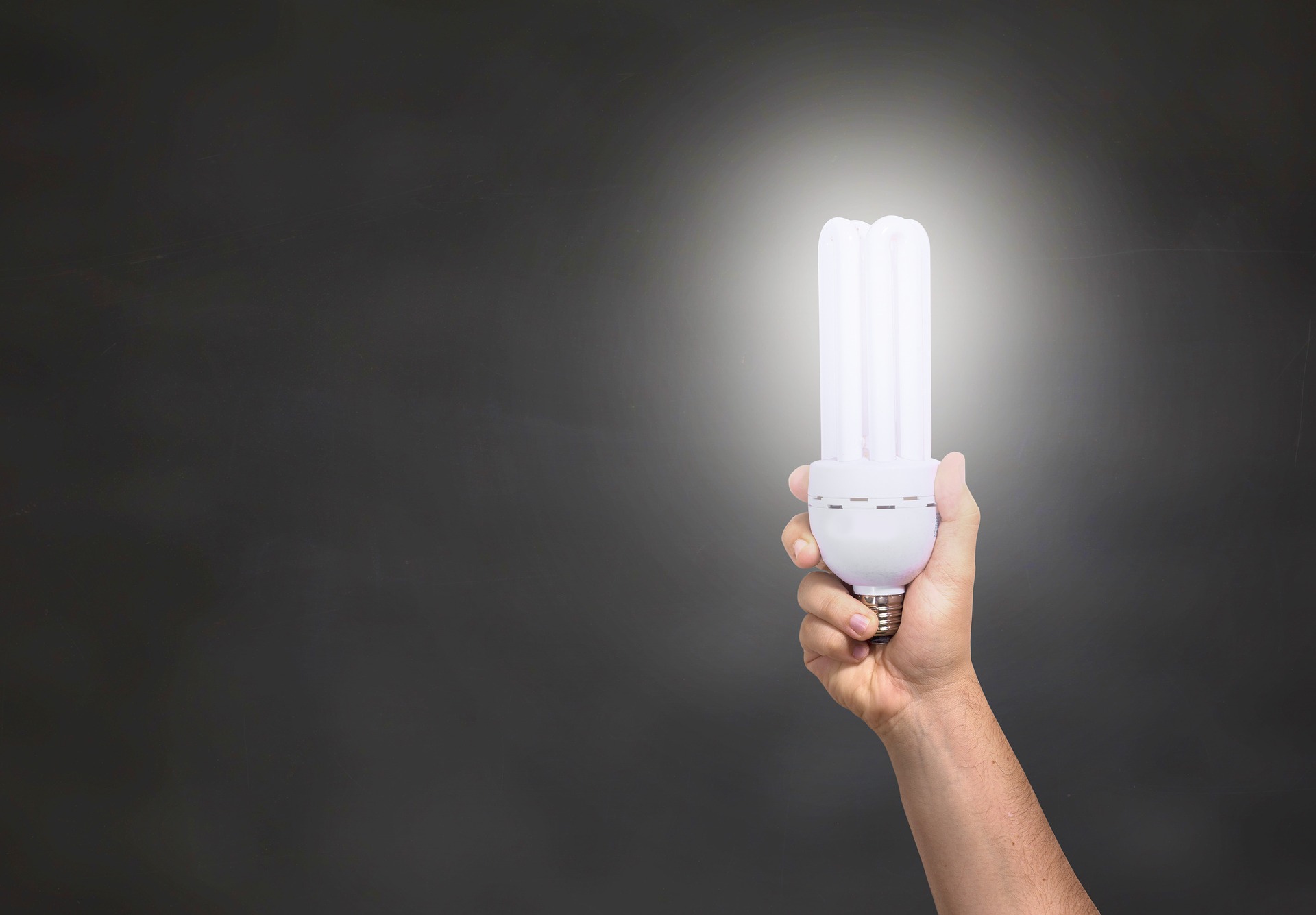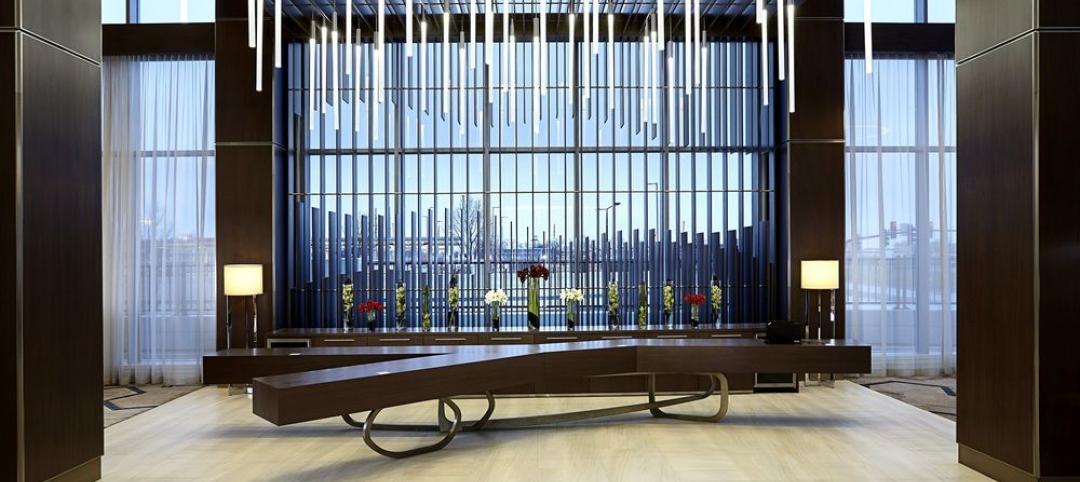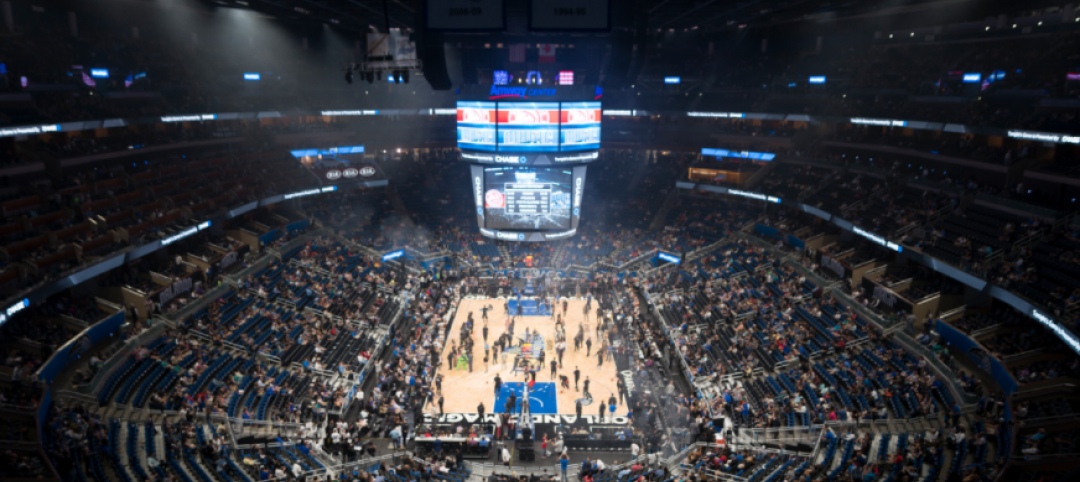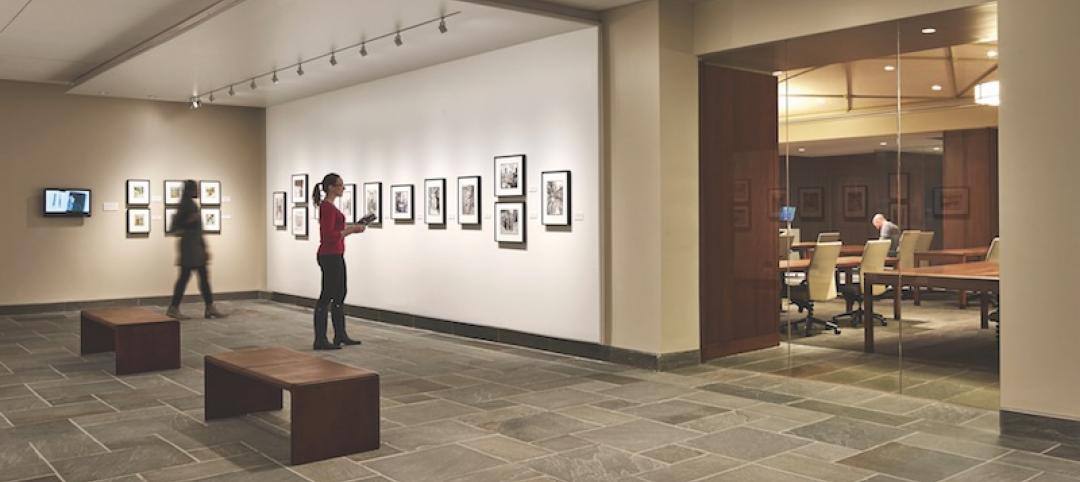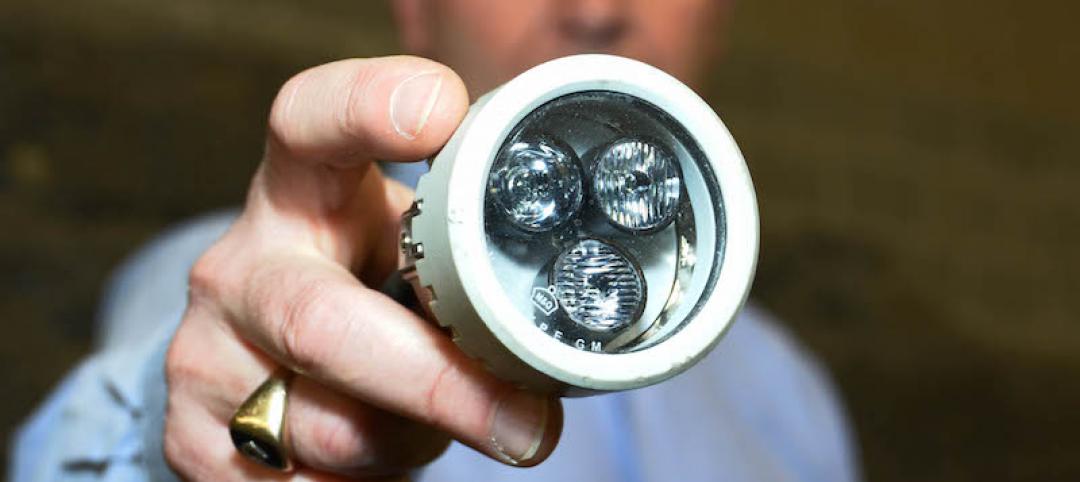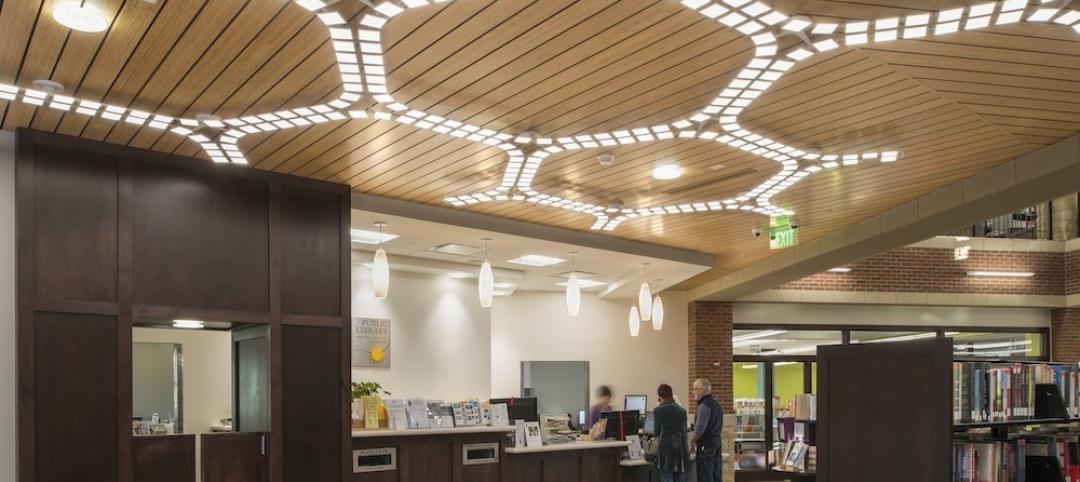Federal government research shows a huge leap in the penetration of LEDs in the lighting market from 2010 to 2020.
In 2010 and 2015, LED installations represented 1% and 8% of overall lighting inventory, respectively. By 2020, LED installed units represented roughly 48% of the installed base in residential and commercial sectors.
The findings on LEDs are part of a new Lighting Market Characterization (LMC) report for baseline year 2020 by the U.S. Department of Energy (DOE). The fourth edition of the LMC report contains summary estimates of installed stock and energy use of various general illumination lighting products.
These reports help DOE and others plan effective lighting research and development programs based on changing needs. Other findings include:
In 2020, residences accounted for 80% of all lighting installations nationwide, at 6.5 billion installed units compared with 1.6 billion lighting installations in commercial buildings.
In both the residential and commercial sectors, the average wattage per installed unit has decreased significantly to approximately 22 watts and 27 watts respectively, with much of the reduction attributable to the continuing decline of incandescent, halogen, CFL, and linear fluorescent lamps in favor of high-efficiency LED replacements.
Of the 244 TWh of electricity consumed by lighting in U.S. buildings in 2020, about 69% was attributable to the commercial sector even though the number of installed units was relatively lower due to higher average wattage and longer operating hours.
The report highlights persistent inequities in lighting upgrades based on building type. For instance, educational institutions lag all other commercial building types in adopting the most energy efficient lighting, and mobile homes and multifamily homes likewise lag other residential building types.
Related Stories
Lighting | Aug 2, 2017
Dynamic white lighting mimics daylighting
By varying an LED luminaire’s color temperature, it is possible to mimic daylighting, to some extent, and the natural circadian rhythms that accompany it, writes DLR Group’s Sean Avery.
| Jun 13, 2017
Accelerate Live! talk: Next-gen materials for the built environment, Blaine Brownell, Transmaterial
Architect and materials guru Blaine Brownell reveals emerging trends and applications that are transforming the technological capacity, environmental performance, and design potential of architecture.
Lighting | Jun 7, 2017
5 steps to significant annual savings: LED lighting of Amway Center’s Arena Bowl & Practice Court
Lighting retrofit of Orlando’s Amway Center slashes energy costs
Lighting | Apr 10, 2017
Lighting consultants and samples are necessary in the wild west LED landscape
As LED lighting sources proliferate, AEC firms are more diligent about validating performance before diving into new products.
Lighting | Dec 8, 2016
A new light from Dyson can last for 22 years and uses just 90W of electricity
The light is fitted with just two LEDs and uses custome-engineered lenses to spread the glow.
Lighting | Oct 6, 2016
Healthcare systems lighting their way to savings
There has been a rapid improvement and availability of LED products as primary light sources in most healthcare facility applications.
Building Tech | Aug 26, 2016
NBBJ’s Goldilocks sensor technology can help employees find a workspace that is just right
The technology measures light levels, humidity and temperature, motion, and sound.
Lighting | Apr 11, 2016
Lighting experts explore applications for OLED, LiFi, and laser diodes
LEDs still have room for improvement. That may explain why this technology has yet to be challenged competitively by other solid-state products that are either pricier, less efficient, or unavailable commercially.


